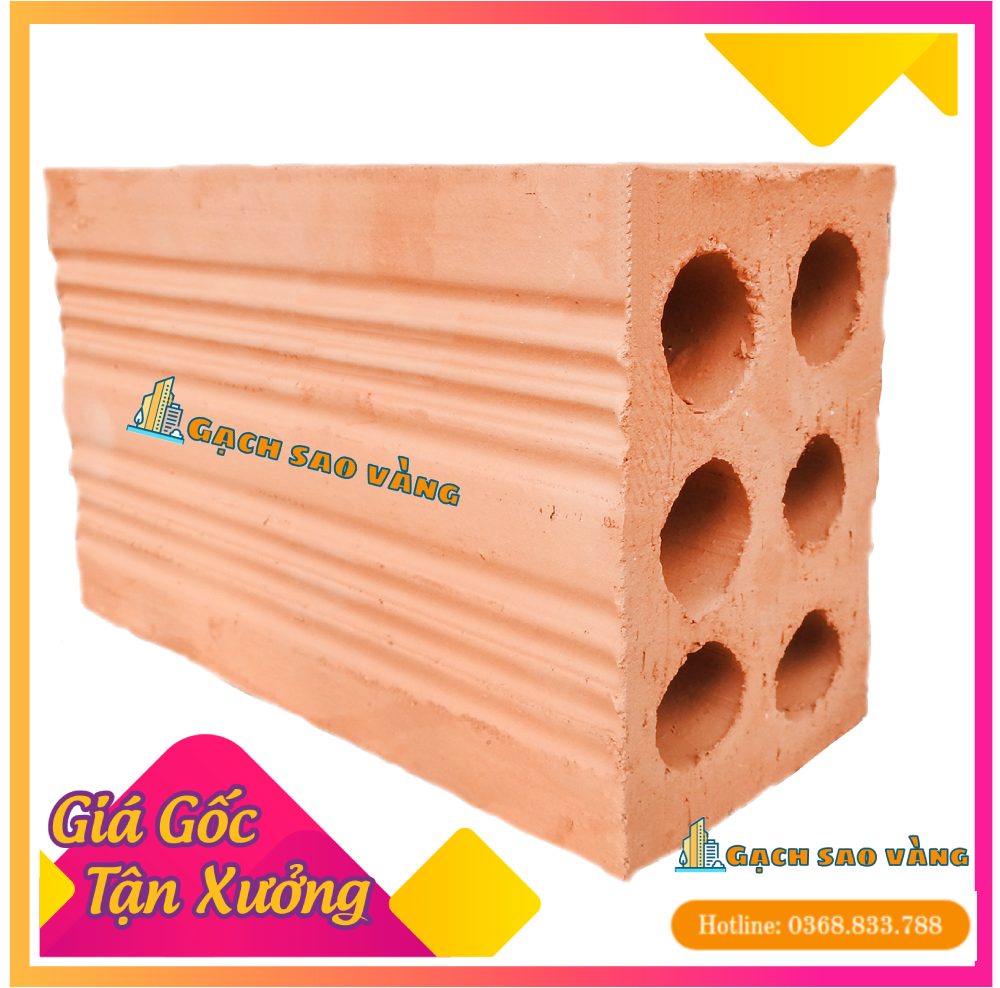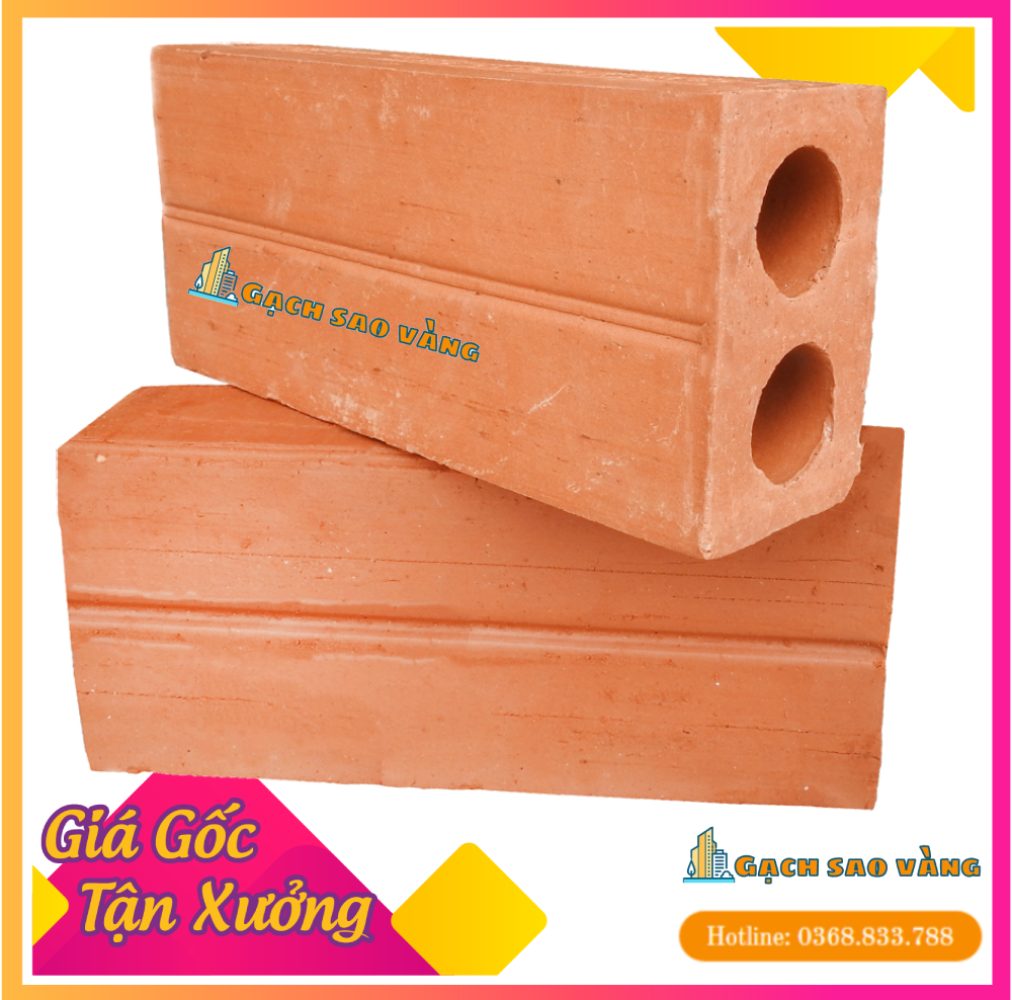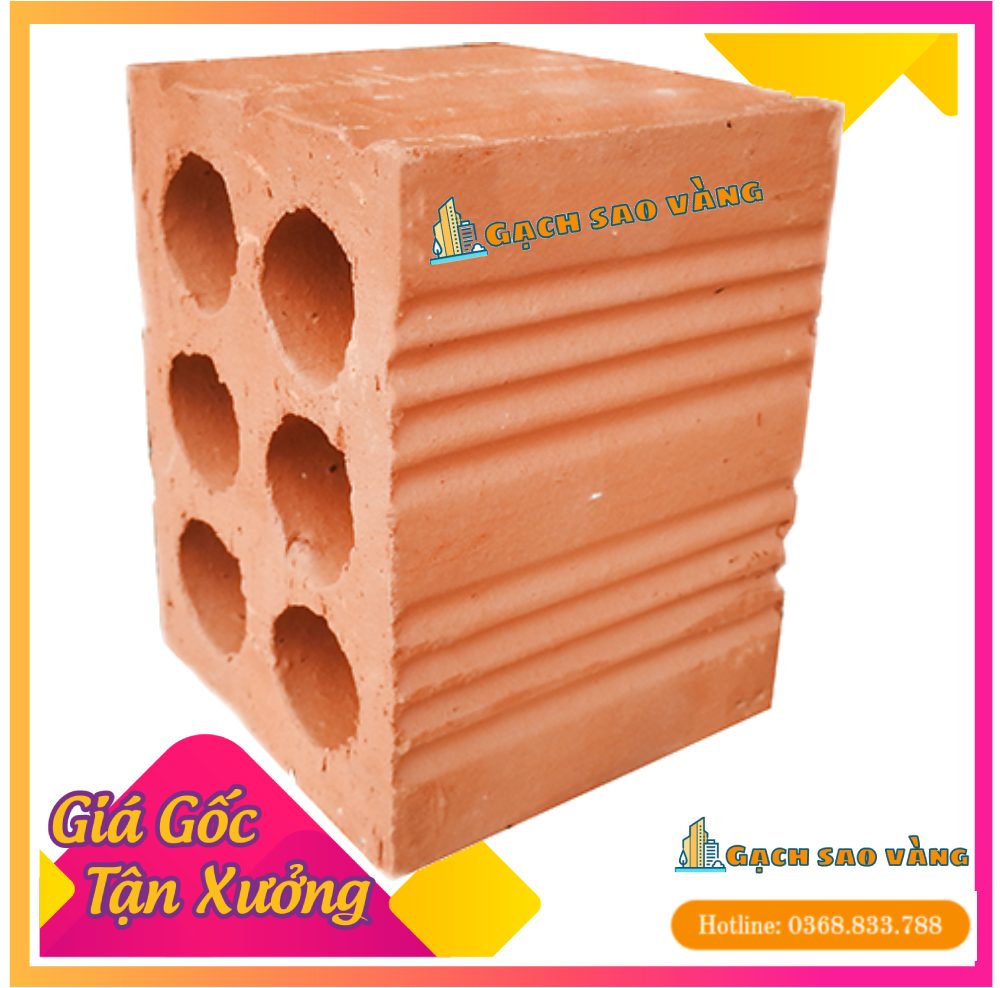Few things evoke a sense of wonder quite like a beautifully bound book. Beyond the words and stories within its pages lies a meticulous process known as book binding, an ancient craft that transforms loose sheets into timeless treasures. Whether you’re a bibliophile, a student of design, or simply curious about how books come to life, understanding book binding offers a fascinating glimpse into the marriage of function and artistry.
What Is Book Binding?
At its core, book binding refers to the process of assembling a book from individual pages or sections and securing them within a cover. This process not only keeps the pages orderly and protected but also enhances the book’s durability and aesthetic appeal. From the humble paperback gripping your latest novel to the ornate leather-bound editions gracing library shelves, book binding is an essential craft that bridges utility and beauty.
The Evolution of Book Binding: A Brief Historical Perspective
The history of book binding stretches back millennia, evolving alongside the development of written communication. Early civilizations used scrolls and loose leaves, but as codices—the precursors to modern books—gained popularity, the need for binding methods became evident. Monastic scribes in medieval Europe pioneered intricate bindings adorned with precious metals and jewels, emphasizing both protection and reverence for the written word.
Fast forward to the Industrial Revolution, where mechanization revolutionized binding techniques, making books more accessible to the masses. Today, book binding harmonizes tradition with technology, offering countless styles tailored to diverse needs.
Popular Book Binding Techniques Explained
Understanding the various methods of book binding enriches appreciation for the craft. Here are some of the most common techniques:
- Saddle Stitching: This method involves folding sheets and stapling them along the spine. Ideal for thin booklets and magazines, it’s cost-effective but less durable for thick volumes.
- Perfect Binding: Commonly used for paperback books, pages are glued together at the spine with a strong adhesive. It offers a clean, professional look but can be less durable under heavy use.
- Case Binding: Known as hardcover binding, this involves sewing pages together before attaching rigid covers. It offers longevity and a premium feel, often reserved for high-quality editions.
- Spiral Binding: Pages are punched and threaded with a metal or plastic coil, allowing books to lay flat when open. Popular for notebooks and manuals.
- Coptic Binding: An ancient method involving sewing pages through their folds and linking them with chain stitches, allowing books to open fully flat without compromising strength.
The Importance of Choosing the Right Binding Method
Selecting an appropriate binding style depends on the book’s purpose, budget, and desired aesthetic. For example, a wedding photo album demands a luxurious case binding to preserve memories, while a promotional booklet might benefit from the affordability and simplicity of saddle stitching.
Moreover, the binding method impacts user experience—durability, ease of page turning, and storage. Thoughtful choices here ensure the book serves its readers well, standing the test of time both physically and visually.
Materials Matter: From Paper to Covers
Book binding is not just about technique; material selection plays a pivotal role. Paper quality affects not only the tactile sensation but also longevity—acid-free paper resists yellowing and degradation. Covers vary widely, from textured cloth and fine leather to eco-friendly recycled boards, each imparting distinct character and durability.
In some artisanal bindings, decorative elements such as embossing, foil stamping, and marbling elevate the book to a work of art. The synergy between materials and binding technique defines the final masterpiece.
Table: Comparison of Common Book Binding Techniques
| Binding Technique | Durability | Cost | Best For | Visual Appeal |
|---|---|---|---|---|
| Saddle Stitching | Low | Low | Thin booklets, magazines | Simple, minimal |
| Perfect Binding | Medium | Medium | Paperback books | Clean, professional |
| Case Binding | High | High | Hardcover books, premium editions | Elegant, sturdy |
| Spiral Binding | Medium | Medium | Notebooks, manuals | Functional, flexible |
| Coptic Binding | High | High | Art books, journals | Decorative, unique |
Why Does Book Binding Still Matter in the Digital Age?
In an era dominated by screens and e-books, the art of book binding holds steadfast. Physical books offer a sensory experience—the rustle of pages, the weight in your hands, the scent of paper—that digital formats cannot replicate. Moreover, well-bound books endure as keepsakes, heirlooms, and symbols of cultural heritage.
Book binding also supports sustainability efforts. Quality binding ensures books last longer, reducing waste and encouraging a culture of preservation. Through skilled craftsmanship, book binding bridges the past with the present, celebrating the tangible joy of reading.
How to Explore Book Binding Yourself
Intrigued by this timeless craft? Many workshops and online tutorials invite beginners to try their hand at book binding. Starting with simple projects like pamphlets or journals can be immensely rewarding and gives fresh appreciation for the bound books on your shelf.
For those looking to delve deeper, exploring detailed resources on book binding offers comprehensive guidance on techniques, materials, and design principles.
Final Thoughts
Book binding is far more than a mechanical step in book production; it is a celebration of craftsmanship, creativity, and cultural continuity. Whether you cherish a leather-bound classic or a quirky spiral-bound notebook, the binding tells a story of care and intention.
Next time you pick up a book, pause to admire the binding—the silent guardian of stories, knowledge, and imagination. In the hands of skilled artisans and modern innovators alike, book binding remains an enduring testament to the power of the written word.
Have you ever tried binding a book yourself? What styles captivate you the most? Share your thoughts and experiences to keep this fascinating conversation alive.




